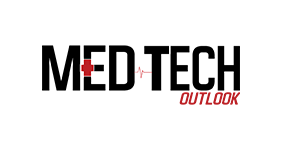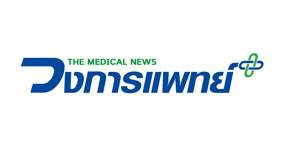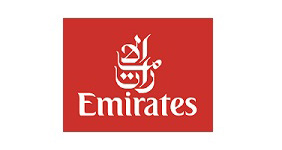COVID effect: Medical AI takes prominence in Asia Pacific
5 May 2020 | Geospatial World | By Deepali Roy
The COVID-19 pandemic has put tremendous strain on the healthcare sector globally. With no established treatment, an exponential rise in cases, limited resources and vulnerability of the medical staff — of catching the virus, the sector has found itself struggling to deal with the crises. Healthcare professionals are working tirelessly on faster diagnosis, rapid response, effective use of human resources and ensuring safety of medical personnel.
In this scenario, Artificial Intelligence (AI) has emerged as a boon — a technology that can help in coping with the COVID-19 pandemic effectively. Medical AI, or the use of AI in healthcare, is not a new concept and has been around for long. But its application in the current pandemic possibly best presents its prospects in the sector. The current trend also reflects the ability of the sector to quickly adapt cutting-edge technology to boost operations.
Taking a cue from China, several other countries in the Asia Pacific region started deploying AI with the expanding footprint of coronavirus. Let’s take a look at some of the application areas.
Diagnostics
At the onset of the disease, CT scan was identified as the key marker for diagnosing COVID-19. Typically, doctors can identify the disease from features like a shadow over a patient’s lungs. A single patient can have about 300 CT images, which can take a doctor a lot of time to analyze with the naked eye. For COVID-19 patients, radiologists also need to check earlier scans, putting more pressure on diagnosis. With the fast spread of the disease and mounting suspect cases, an acute need came up to speed up the diagnostic process without compromising on accuracy. AI-based systems, which can analyze CT images within 20 seconds, with an accuracy rate of above 90%, came to the rescue.
From early on, the Chinese government encouraged development of AI tools for healthcare. Soon, tech giants and healthcare companies in the countries began ramping up efforts to develop AI systems — to speed up the processing of CT scans of suspected COVID-19 cases.
AI firm iFlytek announced that it was jointly developing an AI-based COVID-19 diagnosis platform with the Chinese Academy of Sciences. According to iFlytek, the system could read and analyze a patient’s CT scans within three seconds. At one of the hospitals where it was deployed, the system reportedly identified all confirmed cases and had a recall rate of 90% in lesion detection.
Also Read: Policymakers must use geospatial data for social, economic recovery post COVID-19
Yitu, an AI firm based in Shanghai, rolled out its scan-reading system early on at Shanghai Public Heath Clinical Center. The system was extended to be deployed at about 20 hospitals across China, including hospitals in Wuhan, the epicentre of the outbreak.
Soon, a large number of hospitals in China began deploying AI for COVID-19 diagnosis. An AI system was introduced at a main COVID-19 hospital in Zhengzhou, Henan Province. Developed by Alibaba DAMO Academy and Alibaba Cloud, the system is said to analyze CT images within 20 seconds with an accuracy rate of 96%.
At Zhongnan Hospital of Wuhan University in Wuhan, the radiology department staff used an AI software to detect visual signs of the pneumonia associated with Covid-19 through images from lung CT scans. According to Haibo Xu, professor and chair of radiology at Zhongnan Hospital, the software helps overworked staff screen patients and prioritize those who are likely to be suffering from the Novel Coronavirus. Detecting pneumonia on a scan alone doesn’t confirm that a person has the disease, but Xu says that doing so helps staff diagnose, isolate, and treat patients more quickly.
As cases starting spreading outside China, other countries in the region also started adopting and strengthening their diagnostic capabilities with AI. Thailand’s Ministry of Digital Economy and Society and Malaysia’s Ministry of Health partnered with Huawei Technologies for quick and accurate diagnostics results to cope with the pandemic effectively. In the Philippines, a provincial government partnered with Lifetrack Medical Systems for AI-based decision support to aid radiologists in the identification of chest CT patterns presumptive of COVID-19. In Australia, a University of Sydney-affiliated startup, DetectED-X modified its AI diagnostic tool for improving the accuracy of breast cancer detection to detect the virus using lung CT scans of patients from Italy and China.
Risk profiling
In the early days of the outbreak, when cases started coming up outside China, Malaysia’s eGovernment services provider MY E.G. Services Bhd (MyEG) developed an extensive AI-based risk profiling system. The government service provider said the system has capabilities that include historical geolocation and anomaly tracking for Chinese travellers.
Flattening the curve
Despite witnessing one of the sharpest rise in Coronavirus cases, the Republic of Korea has largely been successful in containing COVID-19 without shutting down its economy. The country’s experience from the previous SARS and MERS outbreaks came handy, and it also used technologies like AI efficiently. An important part of the Korea’s strategy was widespread testing. According to life sciences company Seegene, which came up with testing kits in under just three weeks, developing such kits would not have been possible without AI.
Optimizing drug therapy
From the onset of the COVID-19 crisis, researchers around the world have been working to find the most effective treatments for the disease. However, discovering the right molecule is only half the work done, since the treatment for a dangerous new bacterial and viral infections involves a combination of several different drugs. This process can be laborious, time consuming, costly, and with a lot of trial and error. To address such issues and aid in efficient tackling of the current global pandemic, the N.1 Institute for Health at National University of Singapore has come up with a pioneering AI platform known as ‘IDentif.AI’ (Identifying Infectious Disease Combination Therapy with Artificial Intelligence) to dramatically increase the efficiency of this development.
Assistance and welfare for frontline medical staff
The growing number of cases has put a lot of pressure on the medical staff in hospitals. In this situation, it is important that the staff has all the relevant information about the hospital on their fingertips, to avoid wasting precious time looking for things. In Singapore, the National University Health System (NUHS) and Bot MD have partnered to launch the NUHS-Bot MD A.I. clinical assistant app for frontline medical staff to gain quick access to hospital-specific information, including COVID-19 guidelines and operational directives. The NUHS-Bot MD A.I. assistant is a chatbot that immediately answers questions from hospital staff about protocols, directives, drug dosage information, drug formulary and on-call rosters.
The hospitals need to ensure safety of people on its premises, medical front-liners, patients and visitors, from the Coronavirus. A hospital in Taiwan is tapping into AI, along with IoT and Cloud, to keep the people safe. From the early days of outbreak, Yonghe Cardinal Tien Hospital in Taipei installed a ‘2-in-1’ detection device that automatically scans individuals entering its lobby for face masks and body temperature. In collaboration with Microsoft Taiwan, it has deployed AI masks and infra-red (IR) temperature detection device. According to the company, the technology can effectively and quickly detect whether people are wearing masks or have abnormal body temperatures. It not only improves the efficiency of epidemic prevention, but also reduces the work burden of front-line personnel, so that limited human resources can be used more effectively.


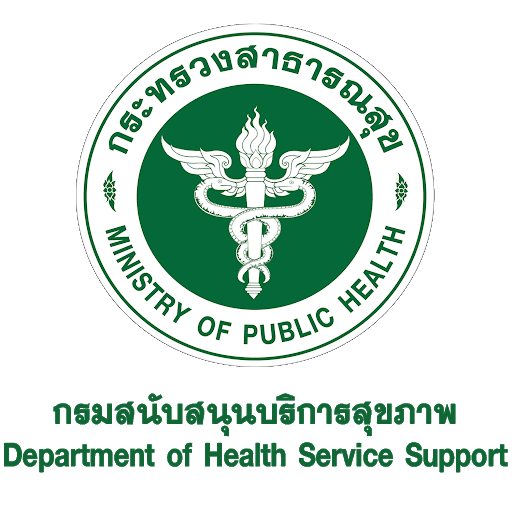
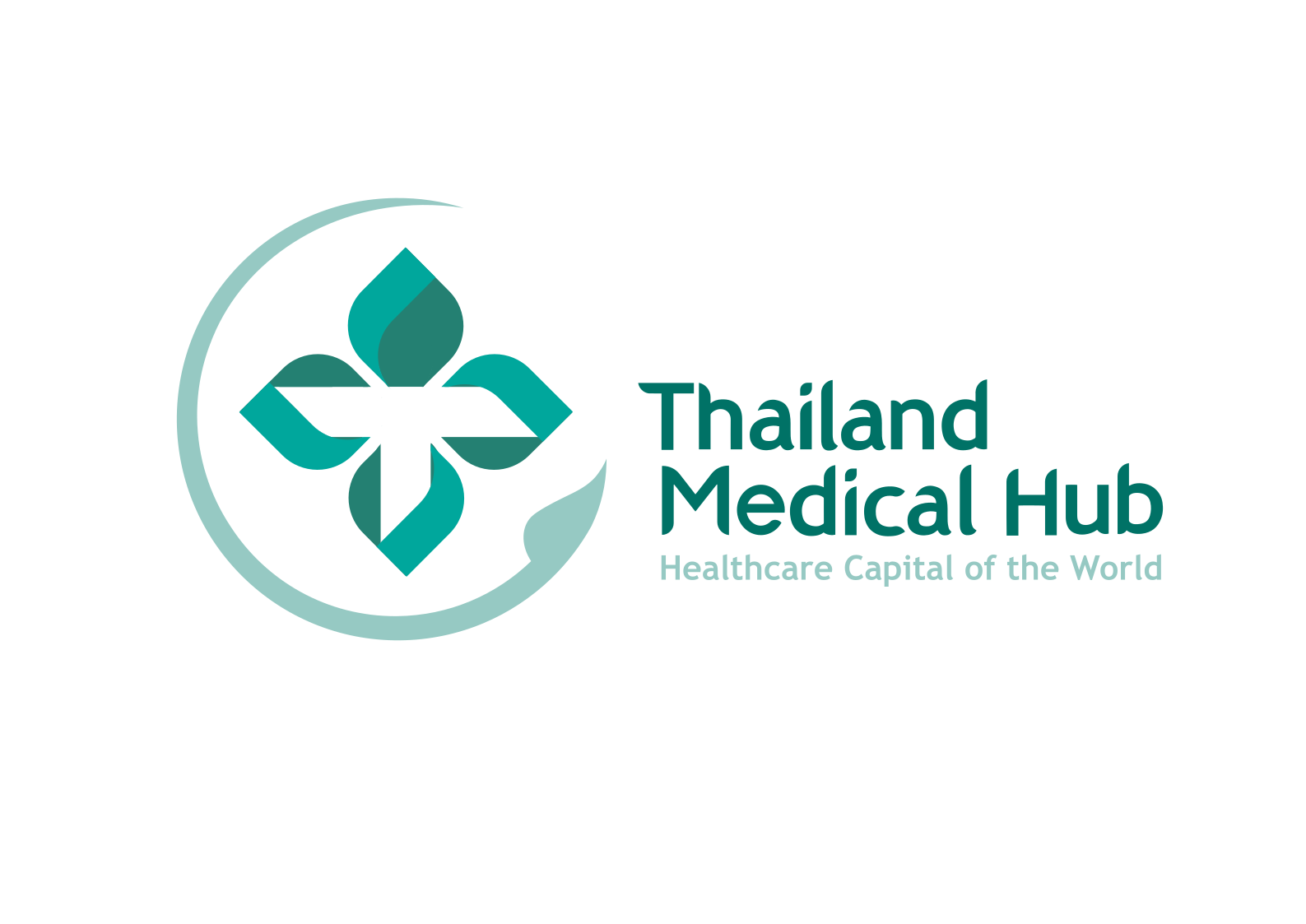
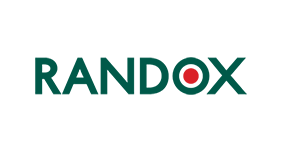
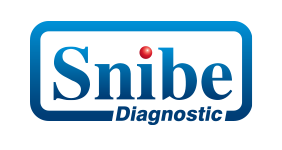
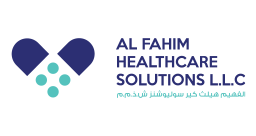

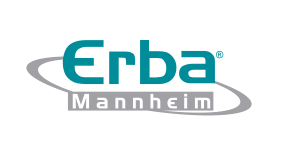


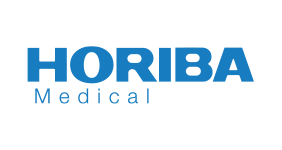





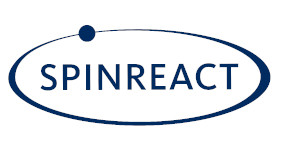




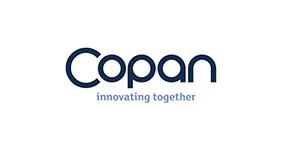
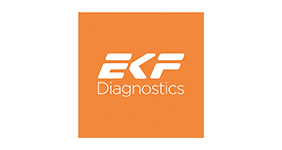
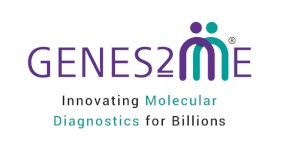


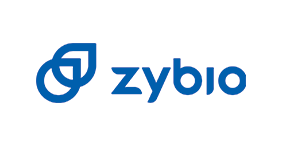
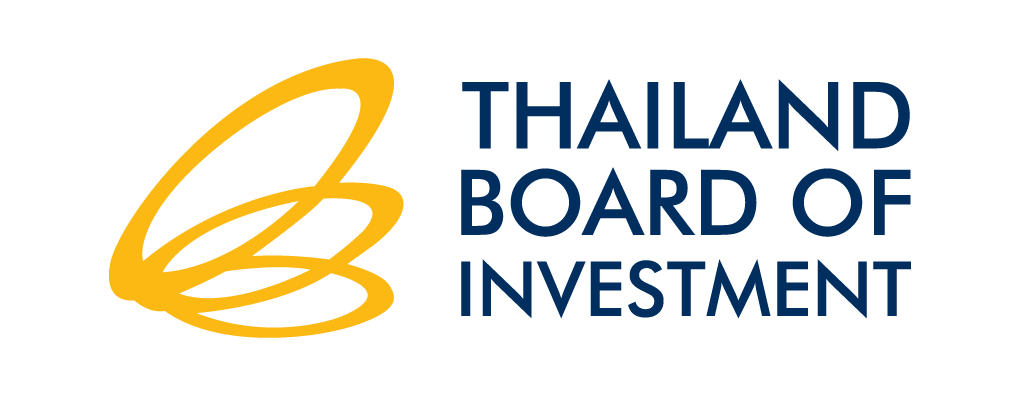
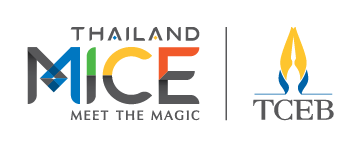



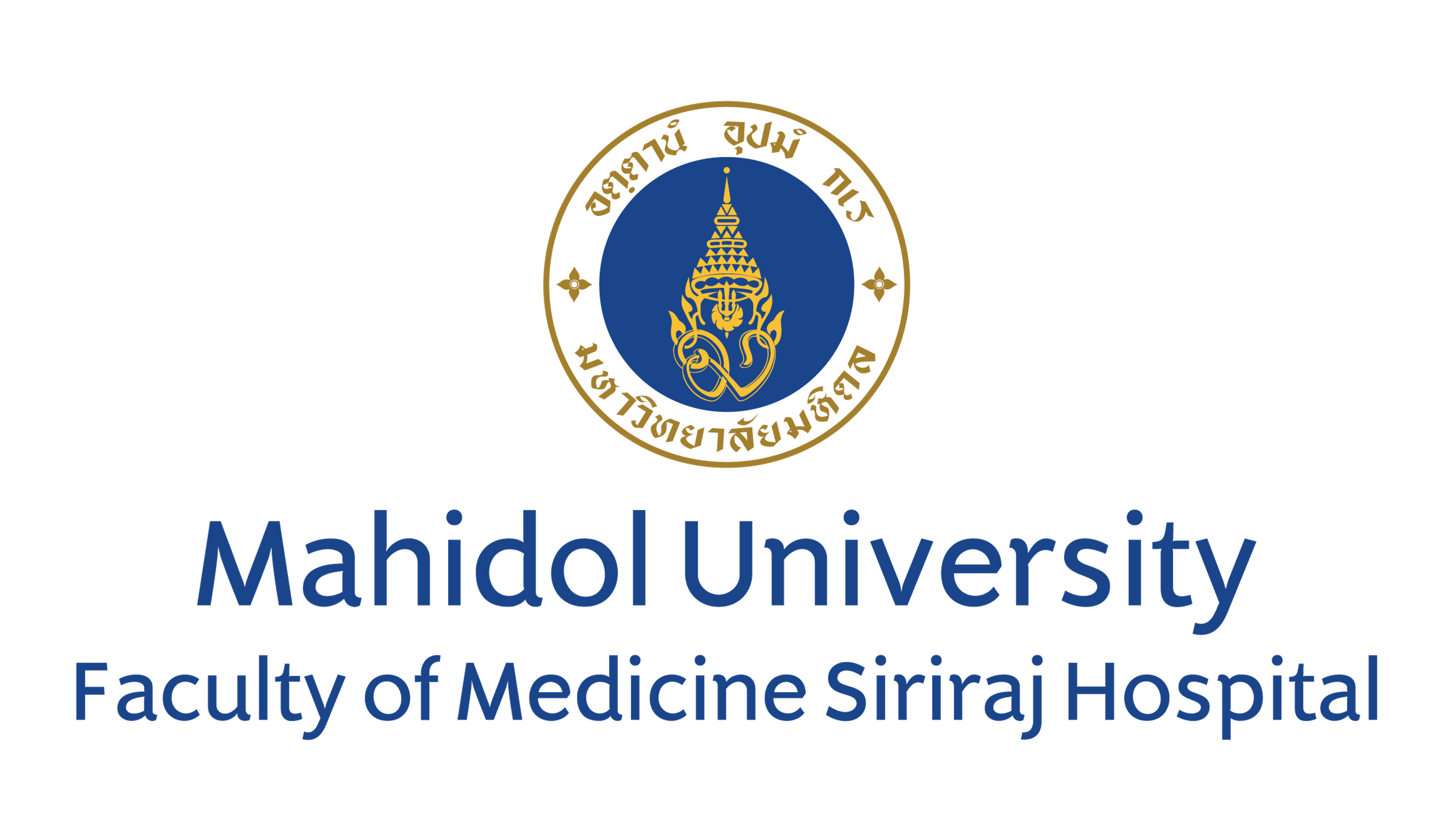
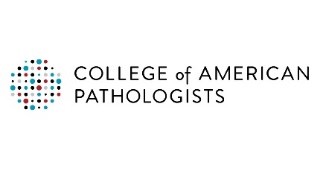
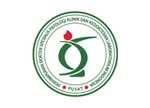

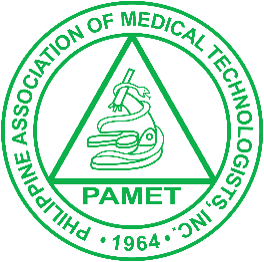
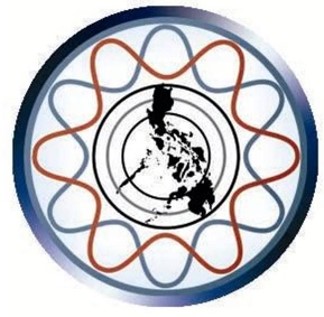

.jpg)















